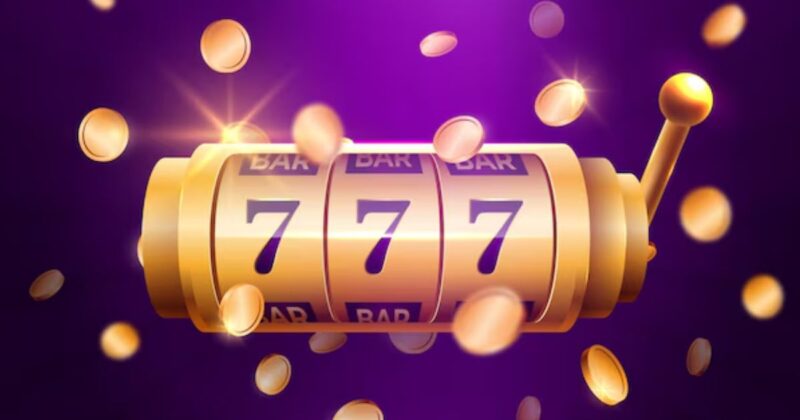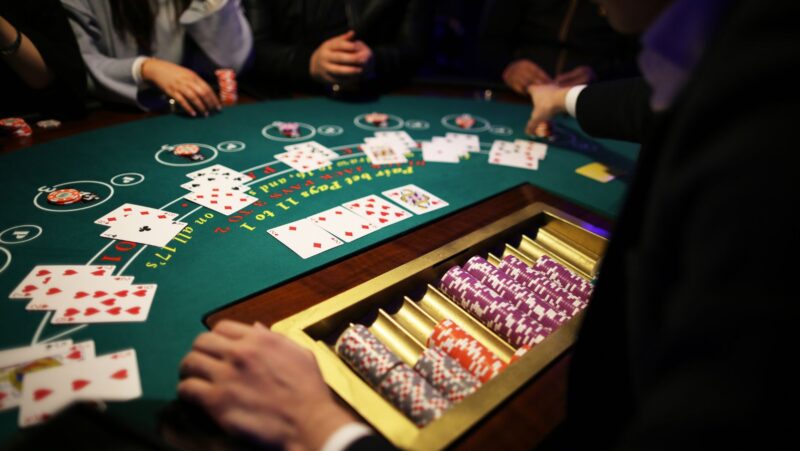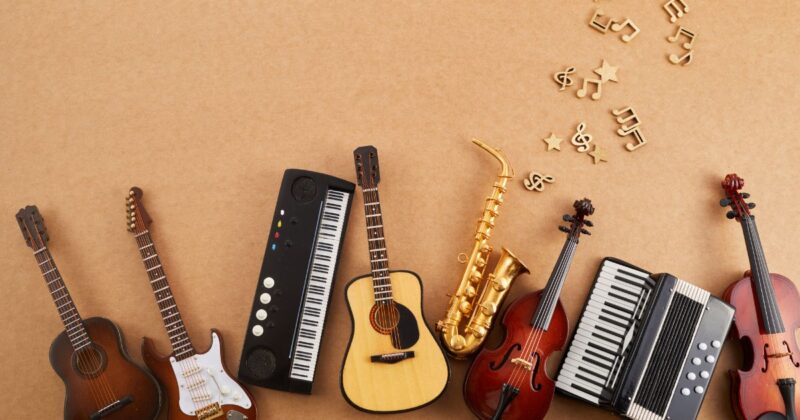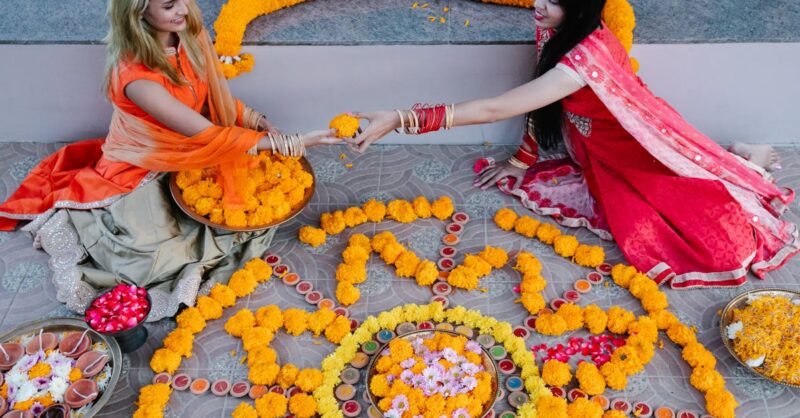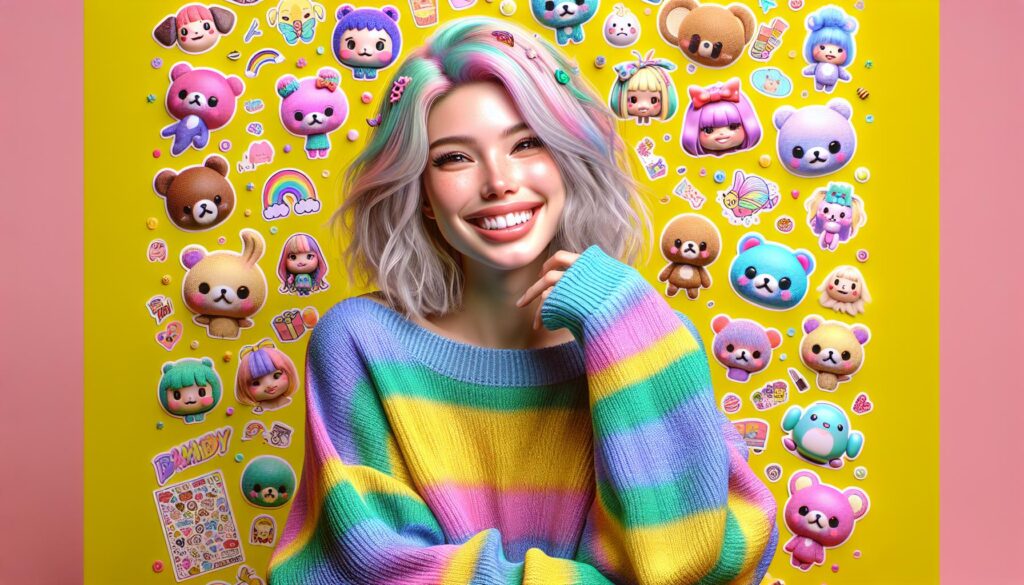
Kawaii culture has taken the world by storm, captivating hearts with its adorable aesthetics and playful designs. When I think of kawaii, I picture vibrant colors, cute characters, and a sense of joy that transcends age. This unique art form isn’t just about being cute; it reflects a deeper cultural appreciation for innocence and happiness.
Key Takeaways
- Cultural Origins: Kawaii art originated in Japan during the 1970s, representing a societal shift towards embracing cuteness and playfulness as forms of expression.
- Artistic Techniques: Key features of kawaii:zzkrcgmtkfc= dibujos include exaggerated expressions, vibrant color palettes, and simple lines, all of which contribute to their emotional appeal.
- Global Influence: Kawaii aesthetics have transcended cultural boundaries, influencing various art forms including digital art, street art, and fashion, while adapting to contemporary themes.
- Psychological Benefits: Engaging with kawaii art can enhance mental well-being by evoking positive emotions and providing an escape from everyday stressors.
- Community and Creativity: The kawaii culture fosters a sense of community among artists and fans, encouraging unique self-expression and the sharing of artistic ideas.
- Notable Contributors: Artists like Yayoi Kusama and Gigi Zhang are significant figures in the kawaii movement, blending traditional and modern styles to connect with diverse audiences.
Kawaii:zzkrcgmtkfc= Dibujos
Kawaii:zzkrcgmtkfc= dibujos showcase vibrant and endearing illustrations that reflect the essence of kawaii culture. These drawings often feature exaggerated expressions, oversized heads, and playful color palettes, attracting audiences seeking joy and nostalgia. Their designs frequently incorporate elements from nature and everyday life, transforming ordinary subjects into delightful representations, emphasizing the magic in daily experiences.
Kawaii:zzkrcgmtkfc= dibujos often appear in various forms such as stickers, merchandise, and digital illustrations. Artists use styles that range from minimalistic to intricate, adding depth to their depictions. Variety in themes, such as animals, food, and fantasy characters, broadens their appeal, making them a staple in contemporary art.
Kawaii culture encourages creativity and self-expression. Through kawaii:zzkrcgmtkfc= dibujos, individuals engage with a community that values uniqueness and imagination. The global popularity of these designs fosters an exchange of artistic ideas, enhancing cultural appreciation among diverse audiences.
The Evolution of Kawaii Art
Kawaii art has undergone significant changes from its origins to contemporary expressions, shaping its place in global culture. This evolution reflects broader societal trends and individual interpretations.
Historical Context
Kawaii emerged in Japan during the 1970s, rooted in post-war societal shifts. Youth culture embraced cuteness as a form of rebellion against rigid traditions. Characters like Hello Kitty, created in 1974, exemplify this trend, emphasizing simplicity and charm. Over the decades, kawaii expanded through various mediums—manga, anime, and fashion—integrating into everyday life. By the 1980s and 1990s, kawaii became a defining aspect of Japanese pop culture, establishing a visual language that communicates joy and playfulness.
Modern Interpretations
Today, kawaii art transcends geographical boundaries, adapting to diverse cultures and lifestyles. Artists worldwide incorporate kawaii elements into their works, influencing genres like digital art, street art, and fashion. The rise of social media platforms has accelerated the spread of kawaii aesthetics, enabling artists to connect with global audiences. Current trends focus on inclusivity and environmental themes, blending traditional kawaii styles with contemporary issues. This adaptability ensures that kawaii remains relevant, evolving while maintaining its core essence of innocence and delight.
The Appeal of Kawaii:zzkrcgmtkfc= Dibujos
Kawaii:zzkrcgmtkfc= dibujos captivate audiences with their vibrant representations of joy and innocence. Their endearing aesthetics foster a sense of connection and nostalgia, making them a beloved element in various cultures.
Cultural Significance
Kawaii art reflects broader cultural values, emphasizing playfulness and approachability. Originating in Japan, it challenges conventional norms and demonstrates a deep appreciation for innocence. Kawaii:zzkrcgmtkfc= dibujos often symbolize a collective escape from daily hardships, promoting a shared sense of happiness and positivity. The incorporation of these illustrations into merchandise, media, and art reinforces their role in popular culture, creating a global phenomenon that celebrates joy across different communities.
Psychological Impact
Kawaii:zzkrcgmtkfc= dibujos evoke positive emotions and contribute to mental well-being. The playful colors and exaggerated features stimulate feelings of happiness and nostalgia. Engaging with these drawings can reduce stress and anxiety, providing a temporary escape from reality. This emotional response underlines the effectiveness of kawaii art in developing connections among audiences and promoting self-expression. Artists also use kawaii themes to address deeper societal issues, demonstrating its versatility in navigating complex emotions while maintaining a lighthearted approach.
Techniques and Styles![]()
Kawaii:zzkrcgmtkfc= dibujos incorporate various artistic techniques and styles that enhance their charm and appeal. This section explores common methods used by artists and highlights notable creators in the kawaii art scene.
Common Artistic Techniques
- Exaggerated Features
Exaggerated features define many kawaii illustrations. Oversized heads, large eyes, and small bodies create an endearing appeal, allowing viewers to connect emotionally with characters. - Vibrant Color Palettes
Vibrant color palettes dominate kawaii art. Bright, pastel shades evoke happiness and innocence, enhancing the playful aesthetic that resonates with a wide audience. - Simple Lines and Shapes
Simple lines and shapes characterize kawaii drawings. Minimalistic designs often convey emotions and narratives effectively, focusing on clarity and accessibility. - Cute Expressions
Cute expressions play a crucial role in conveying emotion. Wide smiles, blush marks, and expressive eyes foster a sense of joy and relatability among viewers. - Dynamic Composition
Dynamic composition adds energy to kawaii artworks. Artists often position characters in playful stances or engaging interactions, enhancing the overall liveliness of the illustrations.
- Sanrio
Sanrio, the company behind Hello Kitty, pioneered kawaii culture in the 1970s. Their characters exemplify the essence of kawaii through endearing designs and positive messages. - Yayoi Kusama
Yayoi Kusama, known for her polka dot patterns and vibrant installations, incorporates kawaii elements into contemporary art. Her playful style challenges traditional boundaries, merging innocence with deeper themes. - Gigi Zhang
Gigi Zhang, an emerging artist in the kawaii scene, merges traditional and digital techniques. Her whimsical characters and vibrant hues connect with audiences seeking joy and nostalgia. - Rina Sawayama
Rina Sawayama blends music and visual art, often incorporating kawaii aesthetics into her work. She creates an engaging experience that resonates with a younger audience, celebrating individuality. - Kawaii Monster Cafe
Kawaii Monster Cafe designers push boundaries with their immersive dining experience. The cafe’s bold colors and quirky characters reflect the playful spirit of kawaii culture, making it a unique contribution to the art form.
Kawaii Culture Creativity
Kawaii:zzkrcgmtkfc= dibujos truly embody the spirit of joy and creativity that kawaii culture represents. These vibrant illustrations not only captivate our hearts but also foster a sense of connection and nostalgia. As I explore this enchanting world, I’m constantly reminded of how these playful designs can brighten our days and serve as an escape from life’s challenges.
The evolution of kawaii art showcases its adaptability and relevance in today’s society. With artists worldwide embracing its charm, kawaii continues to inspire and uplift, making it a beloved phenomenon across cultures. I can’t wait to see how kawaii:zzkrcgmtkfc= dibujos will evolve further, bringing even more joy and creativity into our lives.









